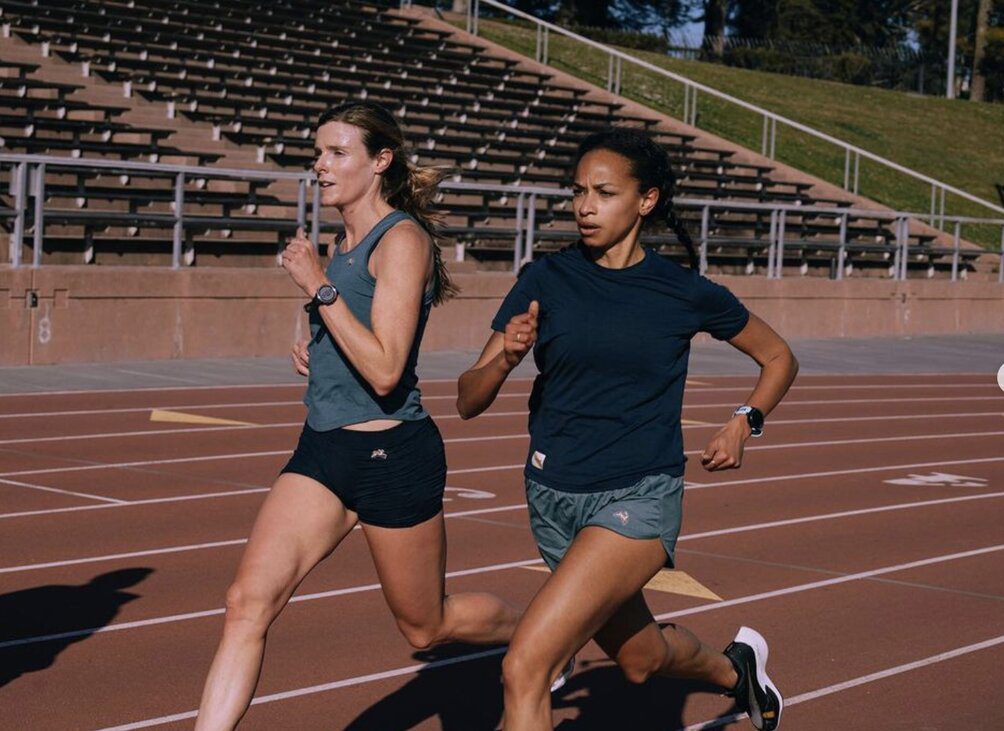Zap sluggish legs with this short fartlek session
The classic Moneghetti Fartlek will help you smash out of a running rut (and you'll be done within 30 minutes)
 Photo by:
Unsplash
Photo by:
Unsplash
Our legs can feel sluggish and slow for a variety of reasons–maybe you’ve just finished a big season of racing and loaded on mileage, or perhaps you’ve been busy with life and haven’t managed to fit in the training you would have liked, making fitness feel low. The Moneghetti Fartlek (often called the Mona Fartlek) is the perfect training session to slide into your weekly routine no matter what is making those legs lethargic.
The Mona Fartlek was named after Steve Moneghetti, an Australian Olympian and long-distance runner (with a 2:08:16 marathon PB!) known for consistently strong performances well into his 40s. While this workout is efficiently run on a track, you can adapt it to any terrain you like as long as you have a watch handy to time your efforts. The best part–you can fit in a powerful, fun workout on your lunch break and still have time for a shower.

The workout
Warm up with 10 minutes of easy running.
2 x 90 seconds hard effort, 90 seconds recovery between intervals (can be anything from a walk to marathon race pace)
4 x 60 seconds hard effort, 60 seconds recovery between intervals
4 x 30 seconds hard effort, 30 seconds recovery between intervals
4 x 15 seconds hard effort, 15 seconds recovery between intervals
Cool down with 10 minutes of easy running.
Aim to run the hard effort sections at your 5K pace to start, and pick up speed (if you can) as the intervals get shorter. If you’re new to speedwork and this session seems daunting, don’t worry: the recovery portion is easily adjustable to ability.

Options to adjust recovery
If you are a newer runner, struggling to get out of a rut or working on fitness after some time off, walking the recovery intervals can be a great option.
If you’re ready to crank it up a notch from walking, try an intermediate pace during the recovery sections– a perfect option if you need more recovery between hard efforts but don’t need to walk. Using a very easy run in the recovery portion can be beneficial in that you’ll have more in the tank to run the intervals at an even faster pace.

Pick it up with race pace recovery sections–running at your marathon or half-marathon race pace. This will increase the overall intensity of your workout.
Remember, this session isn’t designed to be easy–you should feel spent and your legs should be working hard throughout. The goal in adjusting the recovery pace is to make it doable for runners at all levels. After a few efforts, you’ll notice that you’re recovering more quickly and can challenge yourself just a little bit more.

